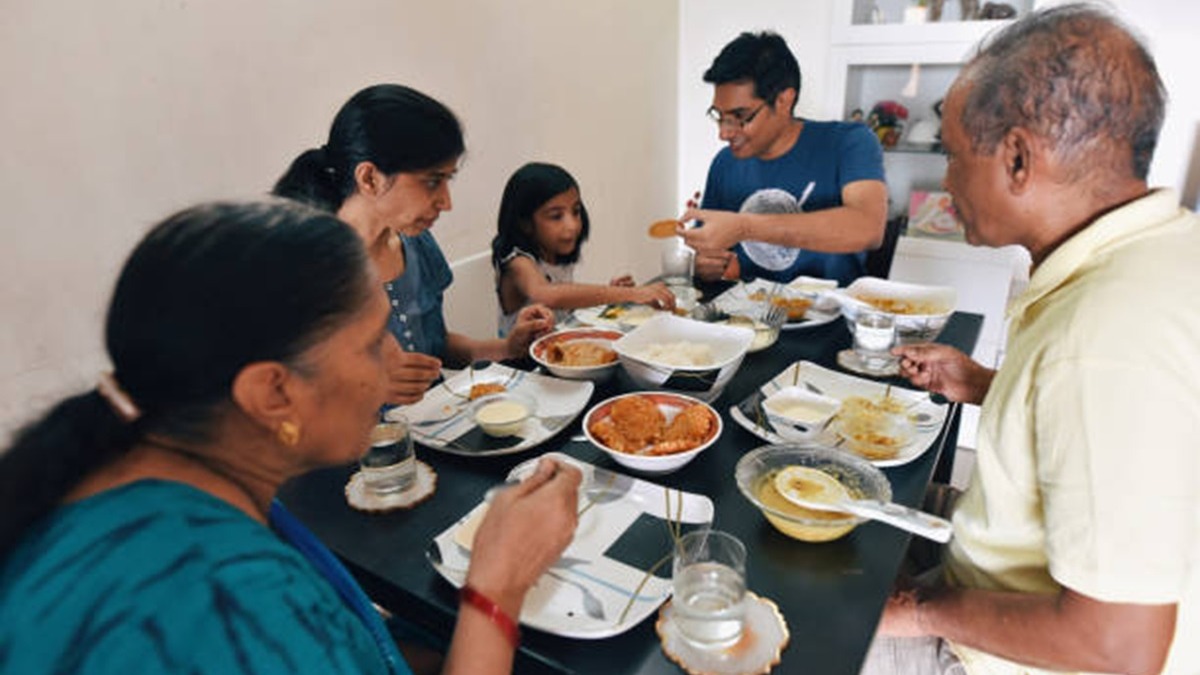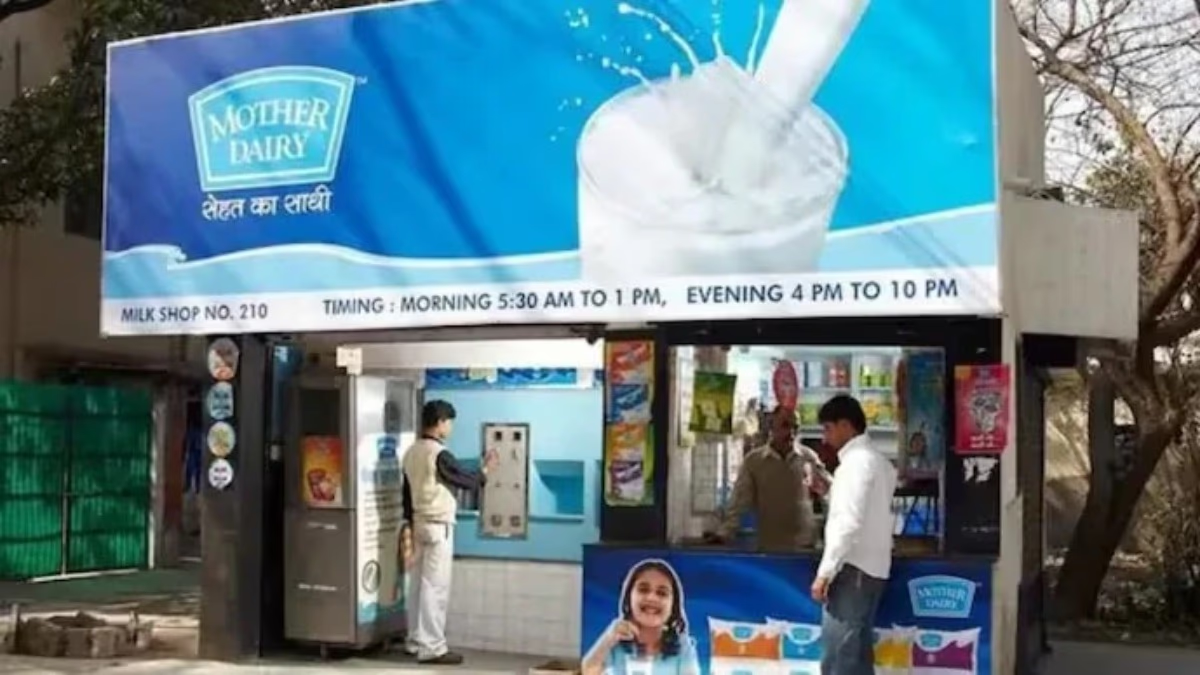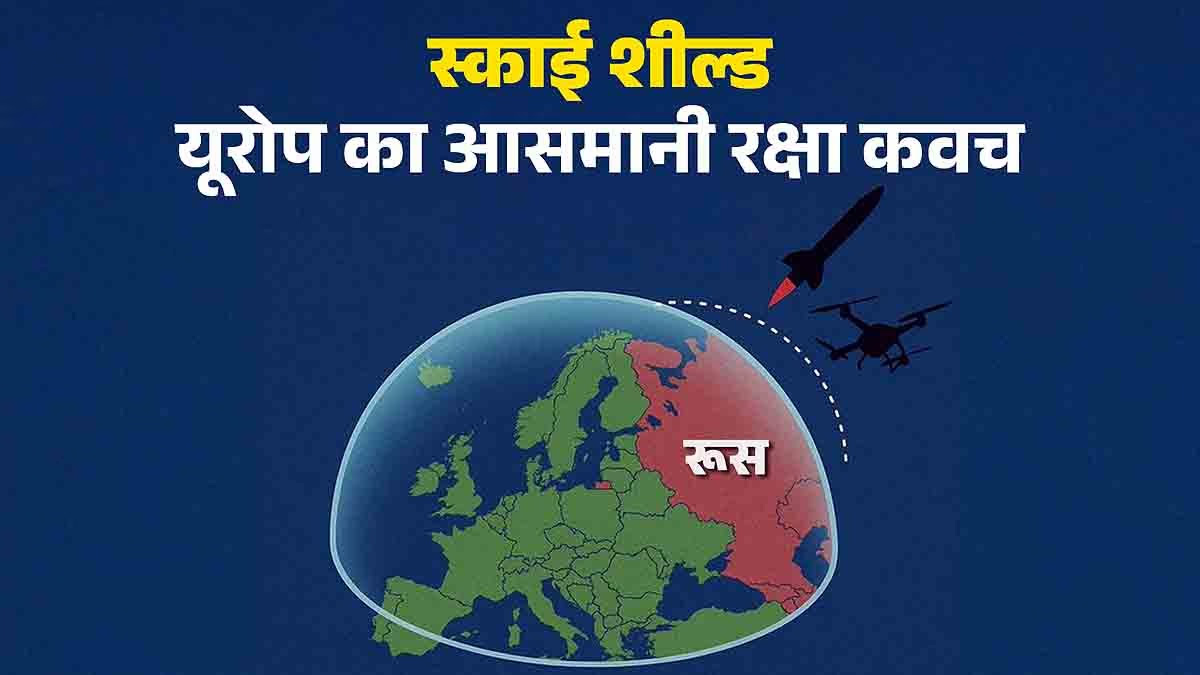On Tuesday, popular food delivery platform Zomato announced the launch of a 'Pure Veg' delivery system specifically for vegetarian meals. The system involved distinct attire and bags for delivery personnel. However, Zomato retracted this initiative amidst growing controversy.
Amidst the escalating debates over vegetarian and non-vegetarian choices, assessing the dietary habits in India becomes imperative. Moreover, understanding the spending patterns on different types of meals is crucial.
Recent findings from the Indian Council of Agricultural Research (ICAR) reveal a significant rise in fish consumption in India. According to the report, the increase is attributed to the growing population and rising incomes. The study was conducted by ICAR, the Ministry of Agriculture & Farmers' Welfare, the Government of India, and WorldFish India, comparing data between 2005-2006 and 2019-2021.
Fish eaters' count soars by 230 million: Report
The report states that the percentage of Indians consuming fish has jumped from 66% to 72.1%, indicating a 6.1% rise. Out of India's population of 1.34 billion, around 966 million are fish consumers.
Discussing the increase, the report highlights a nearly 32% surge in the number of fish eaters, from around 730 million reported in 2005-2006 to 960 million currently.
In the year 2019-20, 5.95% of Indians consumed fish daily, while 34.8% did at least once a week, and 31.35% occasionally. The state of Tripura leads with the highest percentage (99.35%) of fish eaters, whereas Haryana has the lowest (20.55%).
Urban areas outpace rural regions in weekly fish consumption rates, standing at 42.7% versus 39.8%, respectively. Nonetheless, the growth rate of fish consumption in rural areas has been faster compared to urban ones.
When it comes to other non-vegetarian food items, the number of people eating eggs has increased by 7.35%, while for chicken or meat, it has gone up by 5.45%.
Higher Expenditure on Meat, Fish, and Eggs
The Consumption Expenditure Survey (CES) reveals that Indian households spend a higher percentage of their food budget on eggs, fish, and meat compared to other foodstuffs. Based on the MMRP, the average household expenditure saw a compounded annual growth rate of 4% in rural and 3% in urban areas since 2009-10 for these items, while the overall food expense only grew by 2.2% and 2.1%, respectively.




